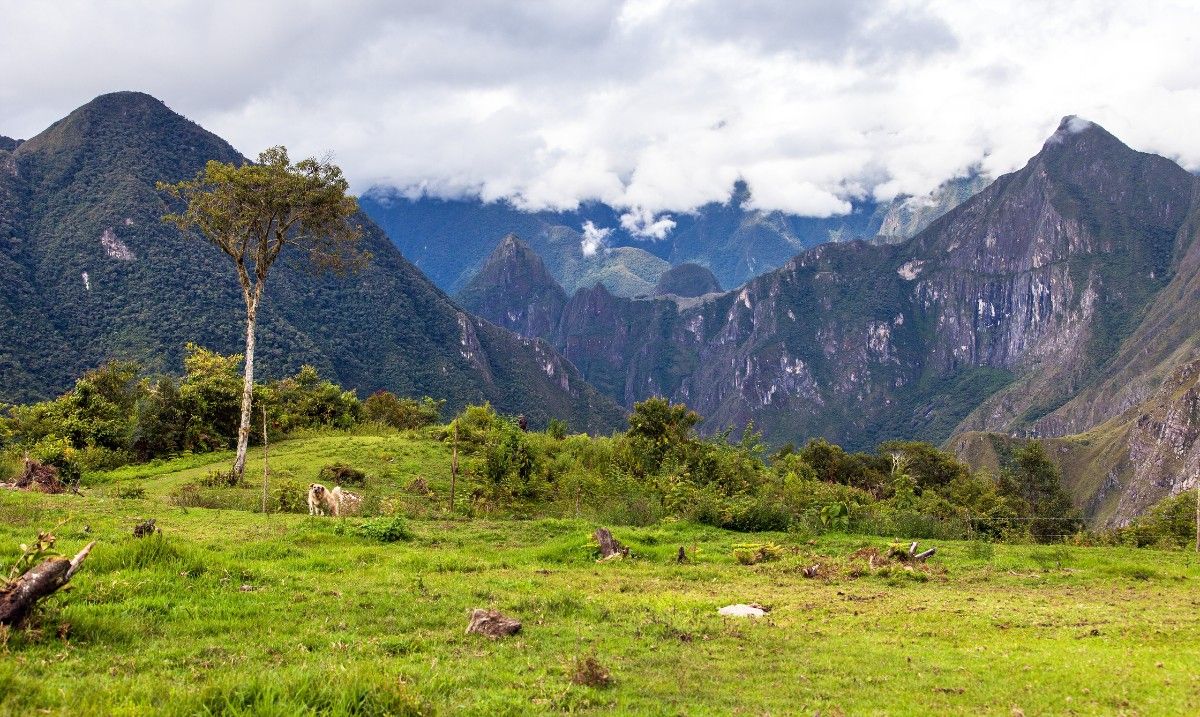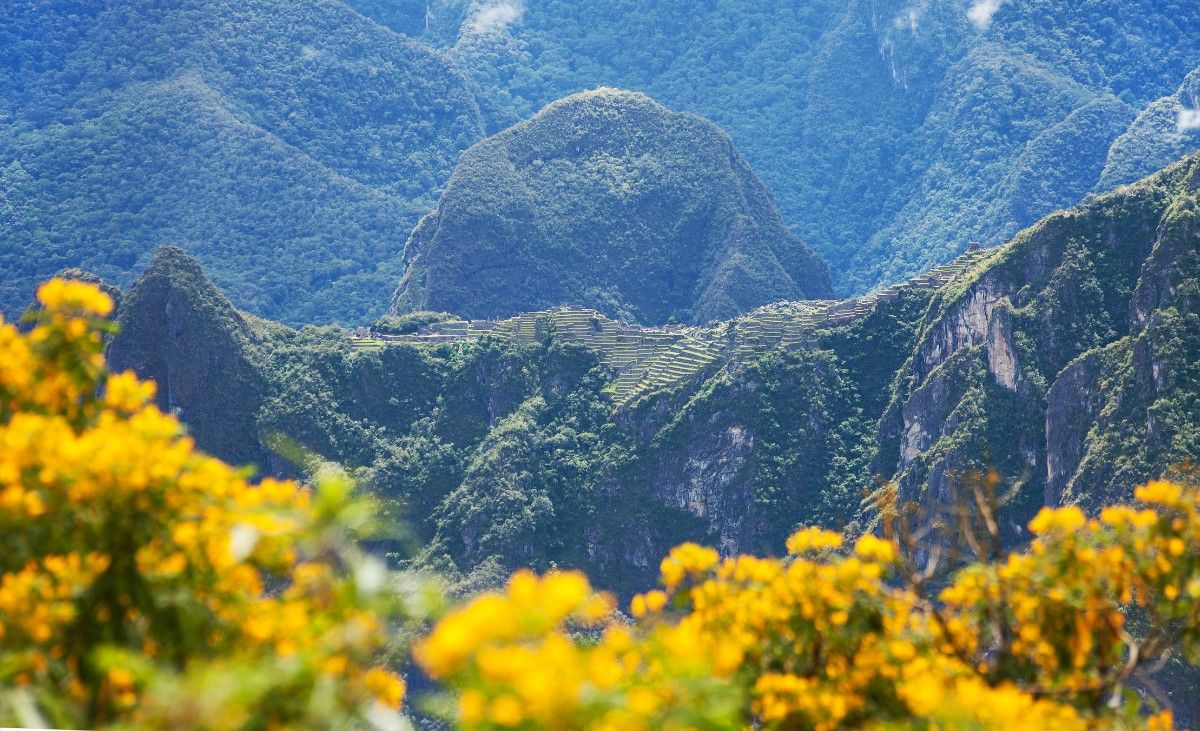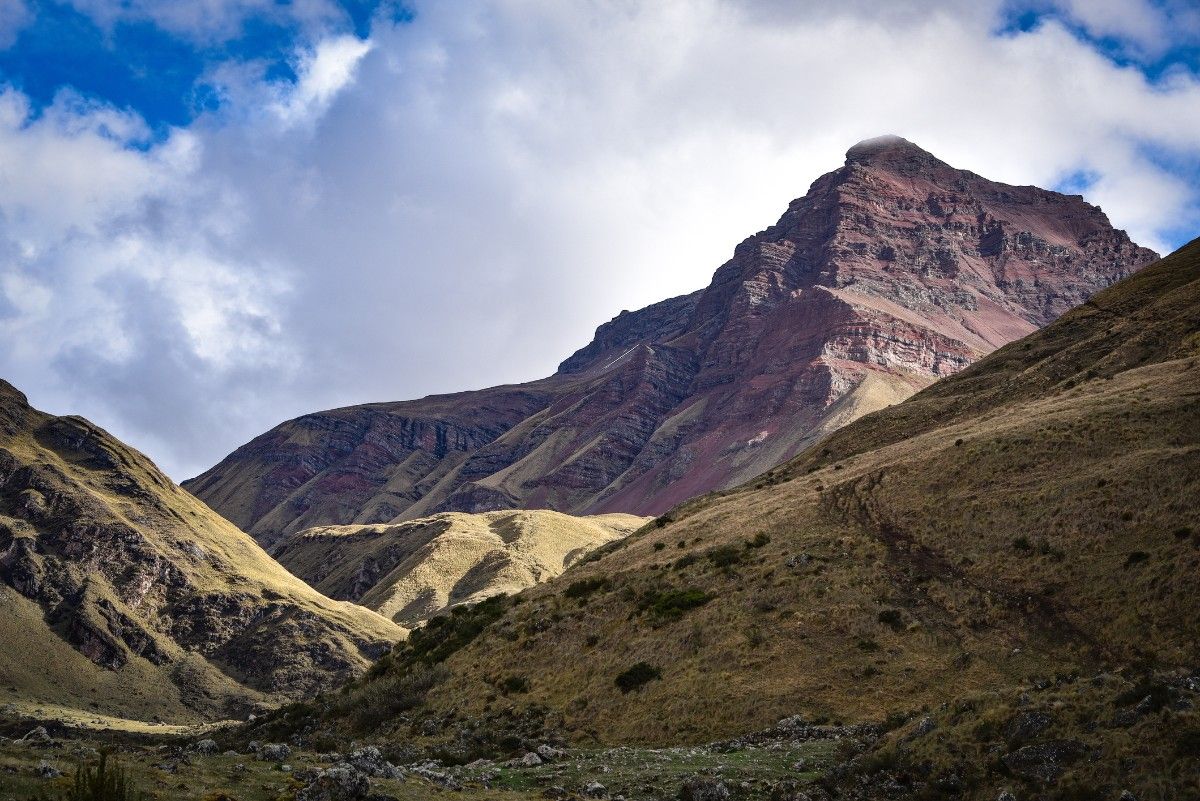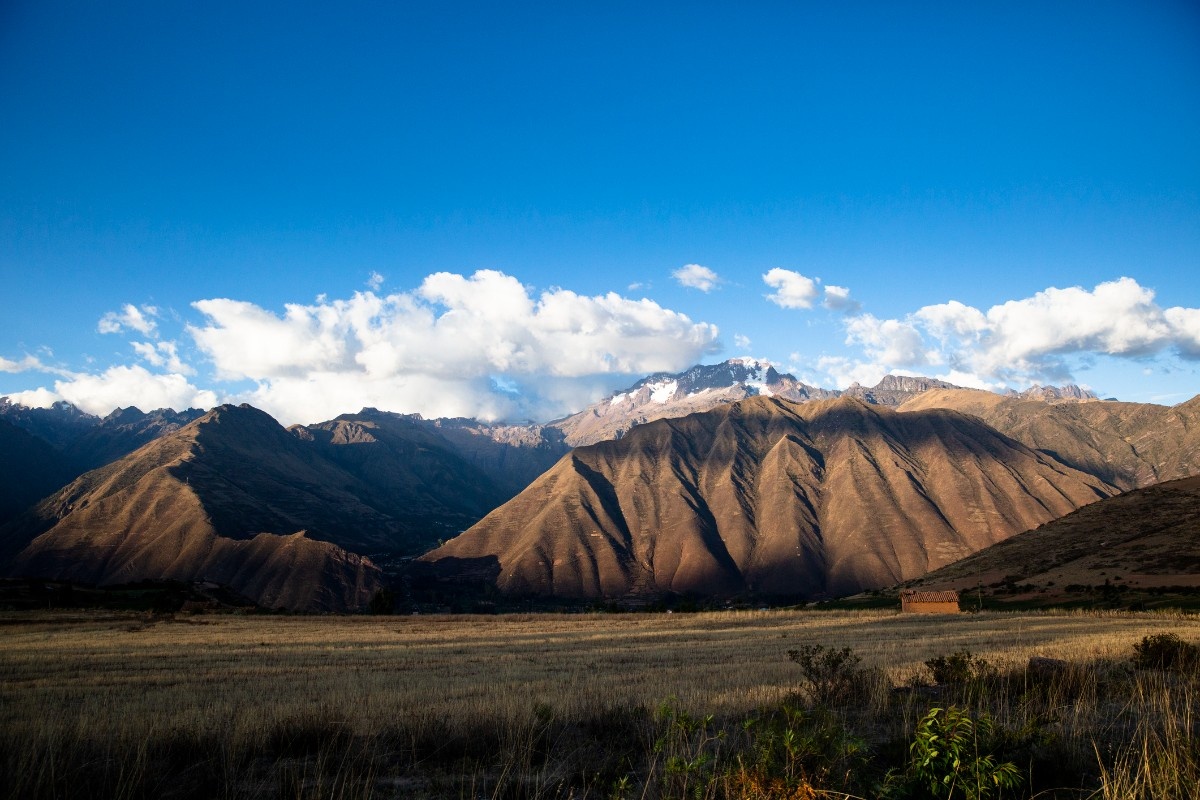The Salkantay Trek: An Alternative Route to Machu Picchu
The Salkantay trek stands as one of Peru's most remarkable hiking adventures, offering a less-travelled path to the iconic Machu Picchu. This ancient trail winds through diverse landscapes, from snow-capped peaks to subtropical forests, providing trekkers with an unforgettable journey through the heart of the Andes. The Salkantay trail has gained significant popularity among adventurers seeking an alternative to the traditional Inca Trail, offering a perfect blend of challenging terrain, stunning vistas, and rich cultural experiences.
Understanding the Salkantay Trek: Route and Highlights
The Journey's Starting Point
The Salkantay trek begins in the charming village of Mollepata, situated approximately 2,900 metres above sea level. This traditional Andean settlement serves as the gateway to one of Peru's most spectacular hiking adventures. The route preparation starts here, where trekkers gather their supplies and meet their guides before embarking on their journey through the magnificent Vilcabamba mountain range. The initial day involves a steady climb through rural farmland, where local farmers cultivate traditional crops such as quinoa and potatoes. This gradual ascent helps trekkers acclimatise whilst offering stunning views of the surrounding valleys and distant peaks of the Andes.
As the trail progresses, the terrain transforms from agricultural lands to high-altitude grasslands. The path winds through traditional communities where generations of families have lived in harmony with the mountain environment. These early stages of the trek provide excellent opportunities for cultural interaction and understanding the deep connection between local communities and the sacred mountains they call home. The changing landscape serves as a perfect introduction to the diverse ecosystems that characterise the Salkantay trail.
The Heart of the Trek
The centrepiece of this journey is undoubtedly Salkantay mountain Peru, towering at 6,271 metres above sea level. Known locally as "Salkantay," meaning "Savage Mountain" in Quechua, this peak dominates the landscape and holds profound spiritual significance for indigenous communities. The trail leads trekkers to the base of this magnificent mountain, where the true challenge begins. The route to Salkantay Pass involves a challenging ascent through increasingly stark terrain, where vegetation gradually gives way to rock and ice.
The pass itself, situated at 4,630 metres, represents both the physical and spiritual highpoint of the trek. From here, trekkers are rewarded with panoramic views of the surrounding peaks and valleys, including glimpses of the sacred Humantay Lake. This crystalline body of water, fed by glacial melt, reflects the sky like a mirror and serves as a vital water source for the region. The combination of the imposing mountain backdrop and the serene lake creates one of the most photographed locations along the entire route.
The Descent into Paradise
After crossing the pass, the Peru trail Salkantay descends dramatically into the cloud forest, offering a complete change of scenery and climate. This section of the journey showcases the remarkable biodiversity of the region, as trekkers transition from high-altitude environments to subtropical zones within a matter of hours. The path winds through lush vegetation, where orchids and bromeliads cling to moss-covered trees, and countless species of birds fill the air with their calls.
The descent continues through the Santa Teresa Valley, where coffee plantations and fruit orchards become increasingly common. This area represents the agricultural heart of the region, where local farmers cultivate various tropical fruits and some of Peru's finest coffee beans. The dramatic shift in environment from the icy heights of Salkantay to these warm, fertile valleys perfectly illustrates the incredible ecological diversity that makes this trek so unique and appealing to nature enthusiasts.
Physical Demands and Altitude Considerations
Understanding Altitude Challenges
The Salkantay trek altitude presents one of the most significant challenges for hikers attempting this route. The journey begins at a relatively manageable elevation but quickly ascends to more challenging heights. The human body requires careful acclimatisation to function effectively at these elevations, where oxygen levels are significantly lower than at sea level. Medical experts recommend spending at least 48-72 hours in Cusco before attempting the trek, allowing the body to begin adapting to the reduced oxygen availability.
Common altitude-related symptoms include headaches, shortness of breath, and decreased appetite. These effects can be more pronounced during physical exertion, particularly when climbing to higher elevations. Understanding these challenges is crucial for proper preparation and ensuring a safe trekking experience. The gradual ascent built into most itineraries helps mitigate these risks, but trekkers must remain vigilant about monitoring their physical condition throughout the journey.
Physical Preparation and Fitness Requirements
The physical demands of the Salkantay trek to Machu Picchu require thorough preparation and a good baseline of fitness. The route involves long days of hiking, with some sections requiring up to 8 hours of continuous movement. Terrain varies significantly, from well-maintained paths to rocky ascents and steep descents. This variety demands both cardiovascular endurance and muscular strength, particularly in the legs and core.
Training for the trek should begin at least three months before departure, focusing on building endurance through regular hiking practice and cardiovascular exercise. Strength training, particularly for the lower body, helps prepare for the challenging ascents and descents. Additionally, practicing hiking with a loaded backpack helps condition the body for the actual trekking experience. The combination of altitude challenges and physical exertion makes proper preparation essential for enjoying the journey rather than merely enduring it.
Comparing Salkantay Trek vs Inca Trail
Route Characteristics and Difficulty Levels
The Salkantay trek vs Inca Trail comparison begins with their distinct geographical and structural differences. The Inca Trail follows an ancient stone-paved path spanning 45 kilometres, whilst the Salkantay trek covers approximately 74 kilometres through more varied terrain. The Salkantay route reaches higher altitudes, culminating at the challenging Salkantay Pass, which stands at 4,630 metres above sea level. In contrast, the Inca Trail's highest point, Dead Woman's Pass, reaches 4,215 metres.
The physical challenges of each route differ significantly. The Salkantay trail presents longer daily distances and more dramatic altitude variations, requiring excellent cardiovascular endurance. Trekkers often walk between 6-8 hours daily, covering terrain that ranges from high mountain passes to subtropical valleys. The Inca Trail, while shorter in overall distance, features more preserved stone stairs and archaeological sites, demanding careful navigation and strong knee stability. Both routes require proper acclimatisation, but the higher altitudes of the Salkantay trek make this aspect particularly crucial.
Booking Procedures and Accessibility
One of the most significant distinctions between these routes lies in their booking requirements and accessibility. The Inca Trail operates under strict government regulations, limiting daily trekkers to 500 people, including support staff. This restriction necessitates booking several months in advance, particularly during the peak season from June to August. Conversely, the Salkantay trek Peru offers more flexibility in booking timeframes and group sizes, making it an excellent alternative for travellers with less rigid schedules.
The cost comparison between these routes reveals interesting variations. The Inca Trail typically commands higher prices due to its prestigious status and strict permit requirements. The Salkantay trekking experience, while still requiring professional guides and support staff, generally offers more competitive pricing options. This accessibility extends to accommodation choices, with Salkantay offering everything from basic camping to luxury lodge experiences, whereas the Inca Trail primarily relies on designated camping sites.
Practical Planning and Essential Requirements
Seasonal Considerations and Weather Preparation
The optimal timing for undertaking the Salkantay trek to Machu Picchu requires careful consideration of seasonal variations. The dry season, spanning April to October, presents more stable weather conditions with clearer skies and reduced precipitation. During these months, daytime temperatures at lower altitudes can reach 20°C, while nighttime temperatures at higher elevations often drop below freezing. The wet season, from November to March, brings additional challenges including muddy trails and reduced visibility, but rewards trekkers with fewer crowds and more vibrant vegetation.
Weather preparation must account for the dramatic temperature variations encountered along the route. The proximity to Salkantay mountain Peru creates unique microclimates, where conditions can change rapidly throughout the day. Trekkers must be prepared for everything from intense sun exposure to freezing temperatures and sudden rainfall, regardless of the season. This variability necessitates careful planning of clothing layers and weather protection equipment.
Essential Equipment and Support Services
The successful completion of the Salkantay trail requires comprehensive equipment preparation and understanding of available support services. Essential gear includes high-quality, waterproof hiking boots, thermal layers, and rain protection. Technical equipment such as trekking poles proves invaluable for managing the varying terrain, particularly during the descent from Salkantay Pass. Sleeping bags rated for temperatures below freezing ensure comfort during cold mountain nights.
Most tour operators provide camping equipment and food preparation services, but personal equipment remains the trekker's responsibility. A well-fitted backpack, capable of carrying daily essentials whilst distributing weight effectively, is crucial. Professional guides, mandatory for this route, provide not only navigation and safety support but also cultural interpretation and historical context. When selecting a tour operator, considerations should include their experience level, group sizes, and emergency protocols. Reputable companies maintain high standards for porter welfare and environmental conservation practices, contributing to the sustainability of this remarkable trekking route.
Cultural and Environmental Considerations
Indigenous Heritage and Local Communities
The Salkantay trek route traverses through territories that have been home to indigenous communities for countless generations. These communities, primarily of Quechua descent, maintain profound connections to their ancestral lands and the sacred mountains that define their spiritual landscape. The Salkantay mountain Peru holds particular significance in local cosmology, where it is revered as an Apu or mountain deity, playing a crucial role in traditional ceremonies and beliefs that continue to shape daily life in the region.
Local communities along the Salkantay trail have developed sophisticated agricultural practices adapted to various ecological zones. From high-altitude potato cultivation to subtropical coffee plantations, these farming methods demonstrate deep understanding of the land's capabilities and limitations. Traditional knowledge passed down through generations includes weather prediction through natural indicators, medicinal plant use, and sustainable resource management practices. Visiting trekkers have the unique opportunity to witness and learn from these time-tested approaches to mountain living, though it's essential to engage respectfully and support local initiatives that help preserve these cultural practices.
Environmental Impact and Conservation Efforts
The increasing popularity of the Salkantay trek to Machu Picchu has brought both opportunities and challenges to the region's delicate ecosystems. The trail passes through several distinct biological zones, each hosting unique flora and fauna adapted to specific altitude ranges. From the hardy plants surviving near the Salkantay Pass to the orchids and bromeliads of the cloud forest, these ecosystems face mounting pressure from climate change and human activity. Conservation efforts focus on maintaining trail integrity, managing waste, and protecting sensitive habitats that serve as corridors for various wildlife species.
Climate change particularly affects the glacial regions around Salkantay Peru, where visible retreat of ice coverage serves as a stark reminder of global environmental challenges. Local communities and conservation organisations work together to monitor these changes and implement adaptation strategies. These efforts include reforestation projects, sustainable tourism guidelines, and educational initiatives that help both locals and visitors understand their role in preserving this unique environment for future generations.
Sustainable Tourism Practices
The development of sustainable tourism along the Peru trail Salkantay requires careful balance between economic opportunities and environmental protection. Tour operators increasingly adopt responsible practices, including proper waste management, regulated group sizes, and support for local conservation projects. These initiatives help minimise the ecological footprint of trekking activities while ensuring that tourism benefits flow directly to local communities.
Responsible trekking practices include staying on marked trails, proper waste disposal, and respecting wildlife habitats. Tour operators now incorporate environmental education into their programs, helping trekkers understand the importance of low-impact hiking techniques and cultural sensitivity. Many companies also support local initiatives for trail maintenance and community development projects, creating a more sustainable model for mountain tourism. The goal is to ensure that the increasing popularity of the Salkantay trek vs Inca Trail alternative route doesn't compromise the natural and cultural heritage that makes this journey so remarkable.
The success of these conservation efforts depends heavily on collaboration between local communities, tourism operators, and government agencies. Regular monitoring of environmental impact helps inform policy decisions and adjust management strategies as needed. Through these coordinated efforts, the Salkantay region continues to offer an authentic trekking experience while preserving its ecological integrity and cultural significance for future generations.
Related Articles

Let us know you agree to cookies
We use marketing, analytical and functional cookies as well as similar technologies to give you the best experience. Third parties, including social media platforms, often place tracking cookies on our site to show you personalised adverts outside of our website.
We store your cookie preferences for two years and you can edit your preferences via ‘manage cookies’ or through the cookie policy at the bottom of every page. For more information, please see our cookie policy.





